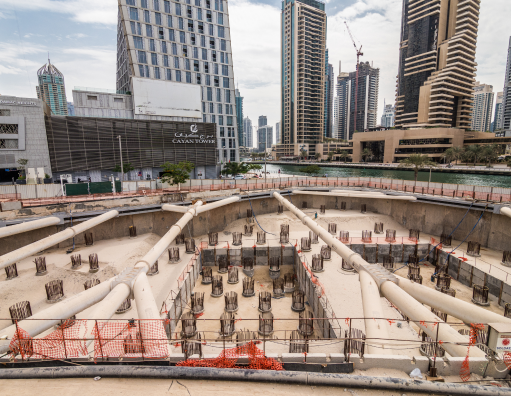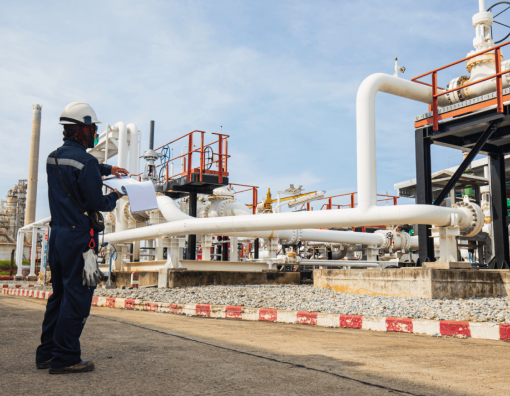A Catalyst for Diversification
Vision 2030 emphasizes economic diversification, leading to a surge in construction activities across various sectors, including tourism, infrastructure, healthcare, and housing. Mega-projects like NEOM, the Red Sea Project, and Qiddiya are emblematic of this transformation, showcasing a shift towards smart cities, sustainable development, and innovative urban planning. These projects not only generate significant employment opportunities but also position Saudi Arabia as a hub for global investments.
Integration of Advanced Technologies
The integration of cutting-edge technologies such as Building Information Modeling (BIM), 3D printing, and IoT-driven construction practices has become prevalent under Vision 2030. These advancements ensure efficiency, cost-effectiveness, and sustainability, aligning with the Kingdom’s goal of reducing its carbon footprint. Moreover, Saudi Arabia’s commitment to green building practices and renewable energy adoption is redefining the construction landscape, with projects increasingly incorporating solar energy and energy-efficient designs.
Empowerment of Local Talent
Vision 2030 underscores the importance of human capital development. Initiatives to train and empower Saudi professionals in the construction industry have led to the localization of skills and expertise. The introduction of programs focused on vocational training and higher education ensures a steady supply of skilled labor, reducing dependency on foreign expertise and fostering national pride.
Enhanced Infrastructure Development
The Kingdom’s strategic infrastructure initiatives aim to improve connectivity and mobility. High-speed rail networks, expansive roadways, and advanced public transportation systems, such as the Riyadh Metro, are pivotal components of this development. These projects not only enhance the quality of life for residents but also support the growing tourism and business sectors.

Road Infrastructure Development
Challenges and Opportunities
While Vision 2030 has catalyzed unparalleled growth in the construction industry, it also presents challenges, such as maintaining project timelines, managing costs, and ensuring the sustainability of large-scale developments. However, these challenges provide opportunities for innovation, collaboration, and the adoption of best practices from around the world. Local construction companies and international investors are working hand-in-hand to address these hurdles, ensuring the long-term success of the sector.
Conclusion
Saudi Arabia’s Vision 2030 has revolutionized the construction industry, positioning it as a cornerstone of the Kingdom’s economic growth and modernization. Through ambitious projects, advanced technologies, and a focus on sustainability, the sector is paving the way for a future where Saudi Arabia stands as a global leader in innovation and development. As the vision unfolds, the construction industry remains at the heart of transforming the nation into a dynamic and resilient economy.



